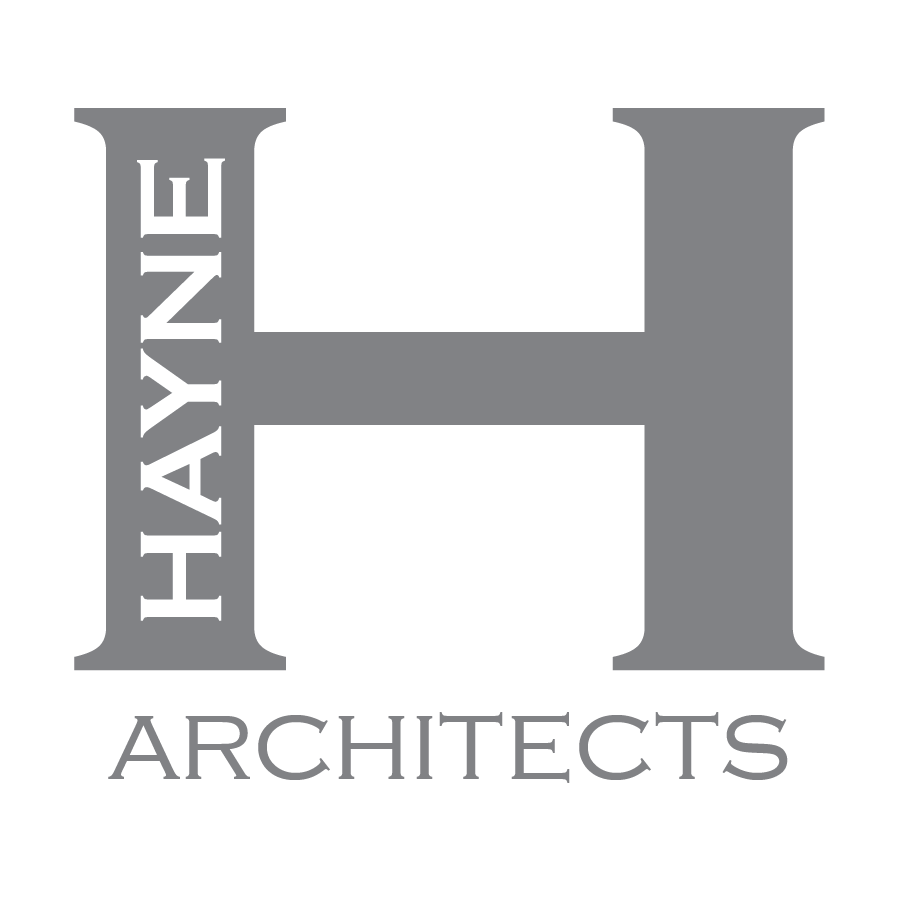
17 Oct Best Practices: Construction Documents and the Three Cs
Let’s talk about Construction Documents! We spend a lot of time designing; picking out the proper material finishes, specifying the necessary assemblies, building 3D models and presenting “pretty pictures” to Clients but eventually, we need to pass all of that information along to another person for interpretation and construction.
DunDunDun…
This is why it’s important that our Construction Documents (aka the Design Package and the Specification Book) follow the three Cs. They need to be Clear, Concise and Consistent. What does that mean?

Clear
The drawings and specifications need to be “Clear” meaning that they must be legible and easily understood by someone who hasn’t spent months building an intricate 3D model in Revit. It’s easy when working through the design process to lose sight of this. You have to remember to take a step back and look at the drawings and details from a new perspective. Does this drawing stand on its own?
Sometimes in the office, it’s good to turn to another team member who hasn’t been working on the project closely and ask them: Do you understand what this is showing you?
Concise
As we primarily focus on custom residential, our construction drawings tend to be detail heavy. We spend a lot of time reviewing how materials meet and what happens at transitions between spaces. Following the methodology from the first C, it is important to remember what your drawing is trying to show the contractor. If you are working on a window head/sill detail don’t overwhelm the drawing with a bunch of annotations and dimensions about the floor and ceiling finish. Be concise with your annotations and get to the point!
Another way to be concise in your drawings is not to produce too many details. Why do three details when one is sufficient?
Consistent
Consistency is key in a good Construction Documents package. One of the biggest benefits of using BIM is the ability to load a lot of information into the drawings. The walls are assembled/composed of the actual materials you want to use. The manufacturer and model information can be stored in the component in the model making it easy to create schedules. In our office, we try to utilize schedules as the primary means of communication; such as “per Finish Schedule” or “per Wall Schedule”. The reason that we do this is to keep the information in as few places as possible to avoid confusion. What is that piece of equipment? See the Equipment Schedule. Is that wall assembly one-hour rated? See the Wall Schedule.
Following the three Cs makes us CONFIDENT that we are handing over all of the necessary information required for the contractor to build as designed. Although there will always be RFIs, starting out with a Clear, Concise and Consistent drawing set is a good foundation to get the project out of the digital realm and into reality!
How do you quality control your Construction Documents packages?
Discover more from Hayne Architects
Subscribe to get the latest posts sent to your email.

